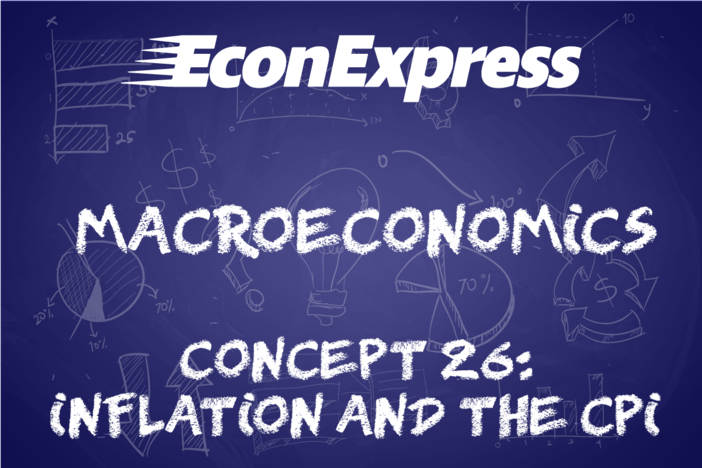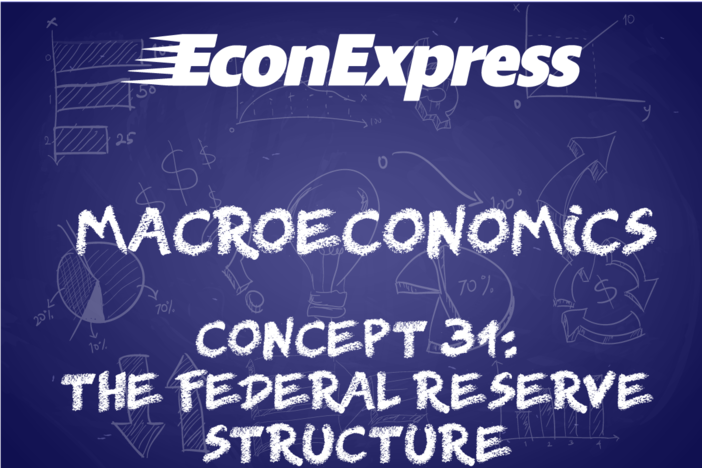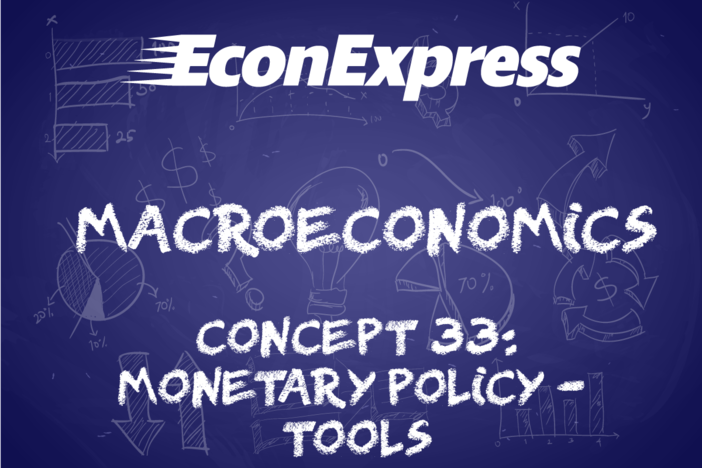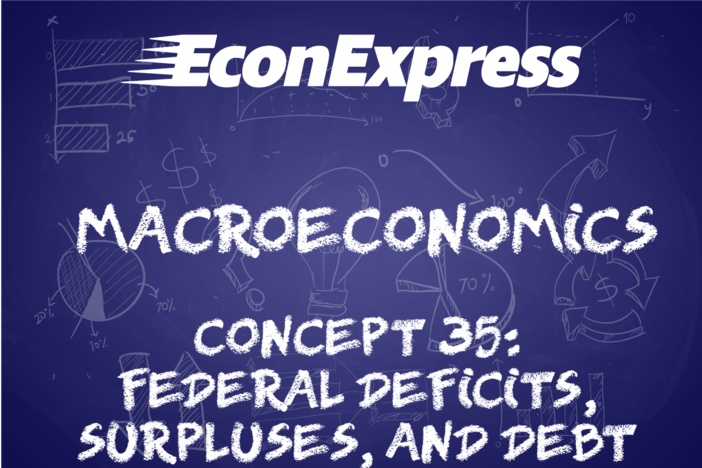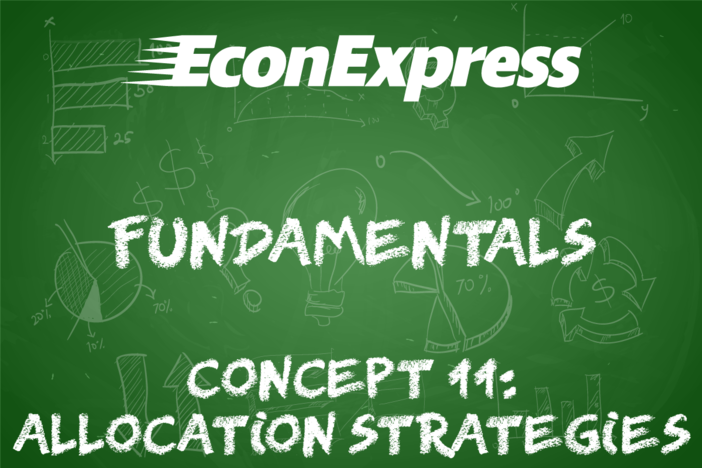Concept 30: Roles/Functions of Money
Overview: What is money? Why do people use it? Click here to find out answers to these and more questions about money.
Learn
Beginner
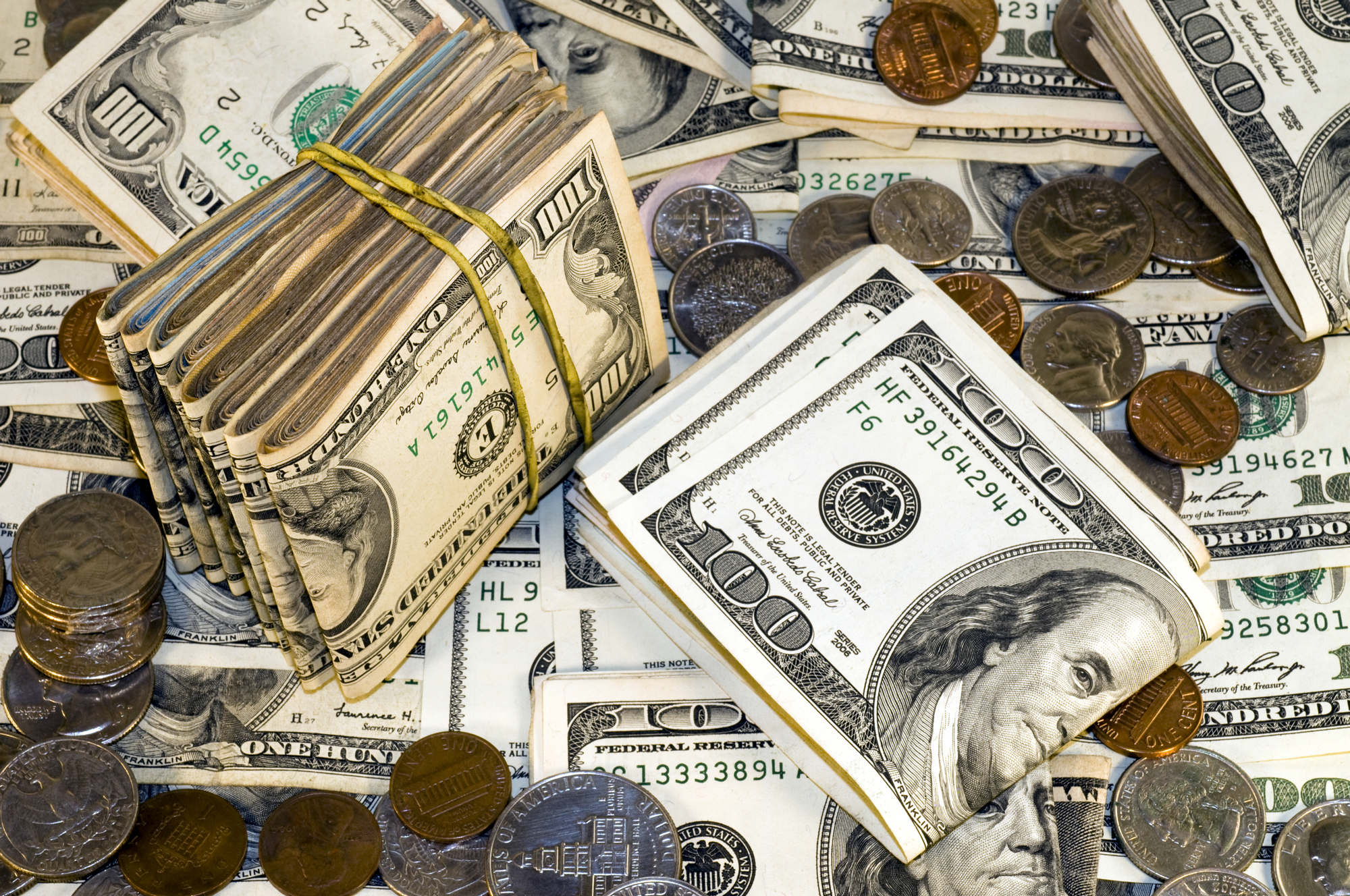
When you think of money, you likely think of cash and coins that you use to purchase goods and services. In economics, the word money is used a little more broadly. Money can be anything that is widely accepted as payment for goods and services. Historically, seashells, gemstones, animal parts and dozens of other items have served as money. In practice, money serves three primary functions:
Medium of Exchange: Money facilitates trades between buyers and sellers better than bartering, which requires trading one good or service directly for another.
Store of Value: In this role, money serves as a way to hold wealth for future use.
Unit of Account: This important function of money allows us to compare prices, judge relative values of goods and services, and more accurately know whether a certain job is worth our time. This is sometimes referred to as a standard of value.
Intermediate
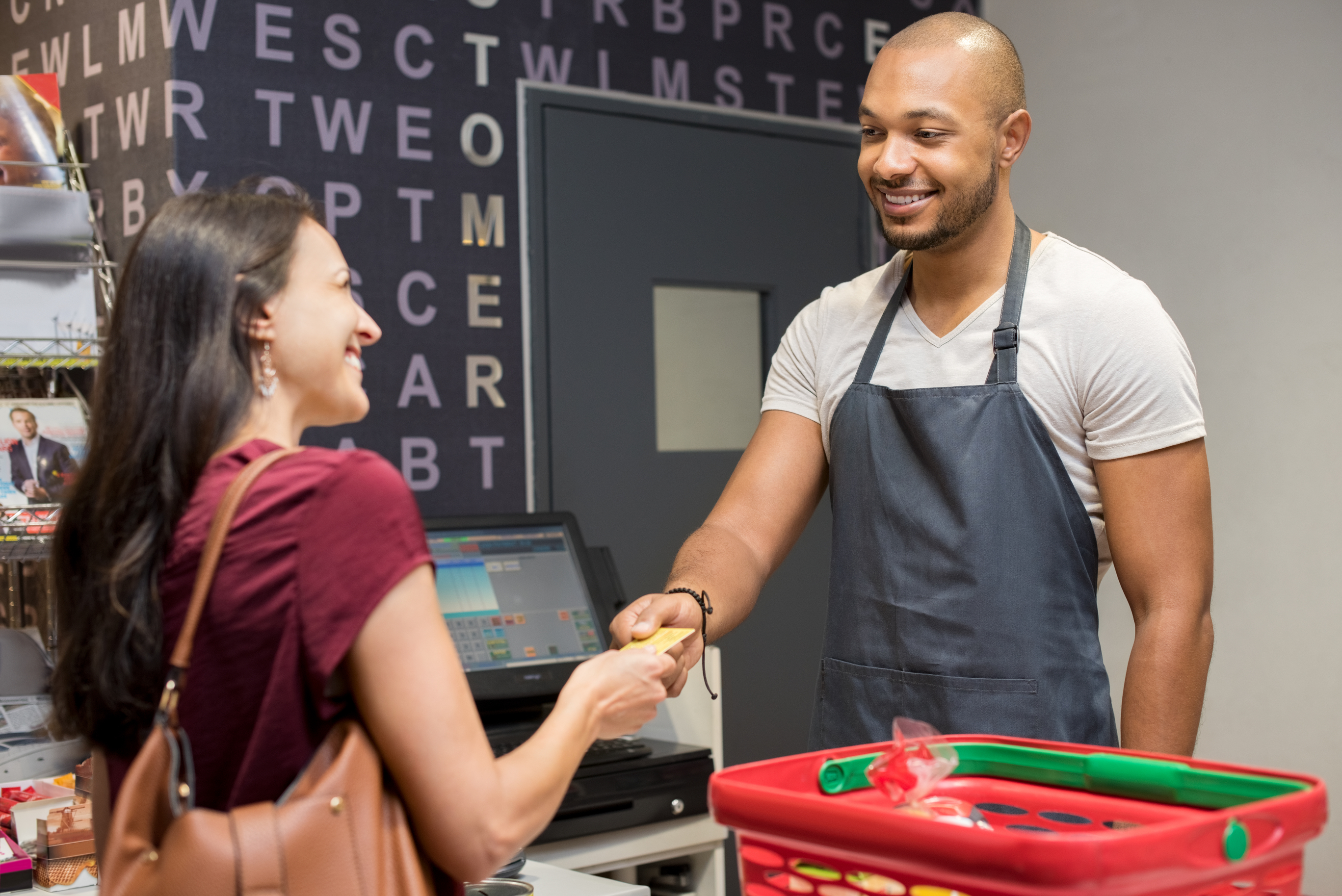
Medium of Exchange: An alternative to using money is bartering. Bartering requires a buyer and a seller to have what is known as a double coincidence of wants. You have milk, and I need milk. I have bread, and you need bread. In this case, an exchange will probably work out. What if I only have eggs, though? It will be difficult for us to trade. With money serving as the medium of exchange, as long as we both have and accept an agreed upon amount, we can both get what we need as well as many other goods and services.
Store of Value: When you put money in a savings account, you expect it to be there when you need it, and you expect it will be worth at least what it was when you deposited it. This is also true if you bury jars of money in your back yard. As long as the currency is still in use, it will hold its face value, but it may lose purchasing power to inflation. This is a wonderful function of money because it allows us to make money now and use it later. It is critical to control inflation, though, so that money retains as much of its value as possible over time.
Unit of Account: This often-overlooked function of money is important because it helps buyers and sellers make informed decisions. For example, if you saw that a restaurant was selling a hamburger for $50, you would know there must be something special about that hamburger because that’s an unusual price for a hamburger. That is what money being a unit of account does. It makes markets more efficient and predictable because everyone knows the relative value of the money – even if it changes gradually over time.
Advanced
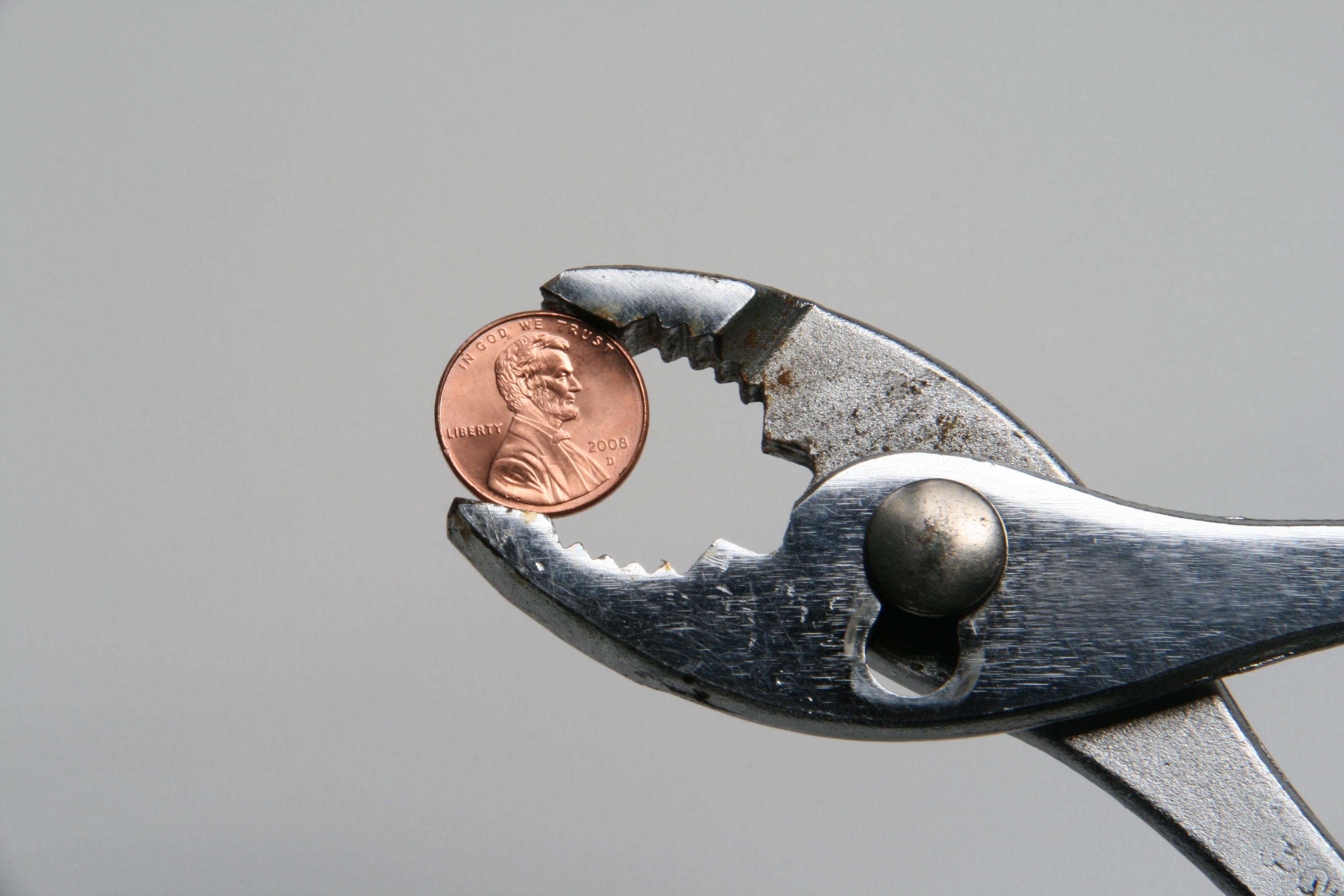
If you read the beginner and intermediate readings, you may be picking up on the fact that for money to serve these roles/functions, it must have certain characteristics. Not everything can be a store of value, for example, because some things (food, plants, animals, for example) do not retain the same worth over time. For money to be a unit of account, it needs to be able to account for a wide variety of values, including partial values. Therefore, whatever is being used as money needs to be easily divisible.
In general, there are six characteristics of money that allow it to serve its primary functions: durability, portability, divisibility, uniformity, limited supply, and acceptability.
Click a reading level below or scroll down to practice this concept.
Practice
Assess
Below are five questions about this concept. Choose the one best answer for each question and be sure to read the feedback given. Click “next question” to move on when ready.
Social Studies 2024
Explain the roles/functions of money as a medium of exchange, store of value, and unit of account/standard of value.


